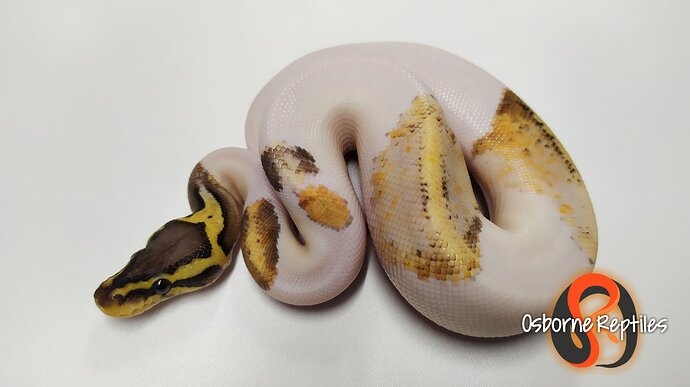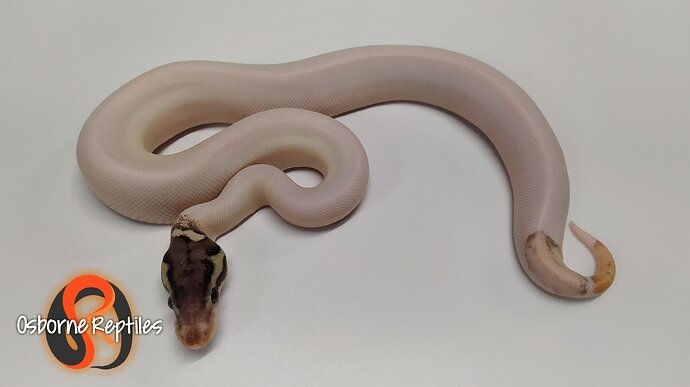So I’ve been interested in the Piebald morphs for awhile now, and I think I’m finally ready to dip my toes in the water. But I have some questions, or rather one, about their genetics and how they impact their offspring for those that have been working with them.
My favorite pieds are the ones that are about 50/50 pattern/white. I love the disruption of the color, but I’m really into the contrast. So I’m trying to decide what kind of animal I want to bring into my program.
There seem to be a lot of really high white pieds and a few very low white pieds. Do the high-whites generally produce more high-white babies and the low-whites produce more low-whites or is it pretty much always a coin toss? Does the amount of white on the parents matter for the amount of white on the offspring?
3 Likes
It is random low white can produce high white, high white can produce low white etc.
After that you can add specific genes to manipulate that.
7 Likes
Thank you @stewart_reptiles, that’s exactly what I needed to know!
Bonus: it was the answer I wanted to hear. 
4 Likes
Is it completely random though? I know anything “could” happen but doesn’t a low white tend to produce MORE mid/lows than a high white would? That had been my understanding
2 Likes
If that is your experience producing Pieds it has not been mine, my experience is as stated above 
So who knows maybe I have just been very lucky.
3 Likes
It is pretty much random for me also unless a gene like Enchi is thrown in, which tend to produce lower white pieds.
1 Like
In my experience the outcome has always been random. With that said, some morphs added to Pied will change the amount of white.
As mentioned above Enchi will cause a reduction in white leading to a mostly patterned animal. Genes that do the opposite, such as Cinny/Black Pastel, Spider, and Lesser, have proven to cause an extreme amount of white. In some cases this can be 100% white with no pattern or color.

Here are some random examples.
Suma Pied
Sandblast Killer Pied no white
Sandblast Killer Pied high white
A ringer of an animal. Enchi Pewter
Lots of directions to go with Pieds.
6 Likes
@osbornereptiles @stewart_reptiles
Interesting. Honestly I had been kind of taking that into account in my shopping for my first male recently, he needs to be a visual pied and I was under the impression that while anything is possible there is a certain odds increase based on parents.
2 Likes
Alot of morphs can be line bred/selective breeding to enhance colors and patterns over generations. You could probably pick your lowest white or highest white pieds and selectively breed those to eventually produce a higher percentage of high or low whites. Could be wrong and dont have the experience to back up this thought process so hopefully someone will correct me if I’m wrong or someone has proven this out.
3 Likes
You would think that, I would still think that SHOULD be possible. However, my own limited experience and looking at others experiences, that really doesn’t seem to be the case. If anything it is a very polygenetic trait if thats even a proper description.
3 Likes
Thanks for the additional info! I would’ve never figured out the effects of the extra genes on my own. (The pictures really help too, but I just love looking at your animals. They’re all so beautiful!)
In your experience with the high-whites, @osbornereptiles, do they show any pattern in the white sections under a black light like some BELs will? Or do your IDs pretty much rely on what the original pairing was?
1 Like
My pleasure! And thank you for the kind words.
I’ve used a black light and have never seen any underlying pattern. I have had a few Pieds over the years show a pink pattern while going through shed. Otherwise the color and pattern are usually predictable outcomes for each pairing. Sometimes it’s a best guess scenerio.
2 Likes






